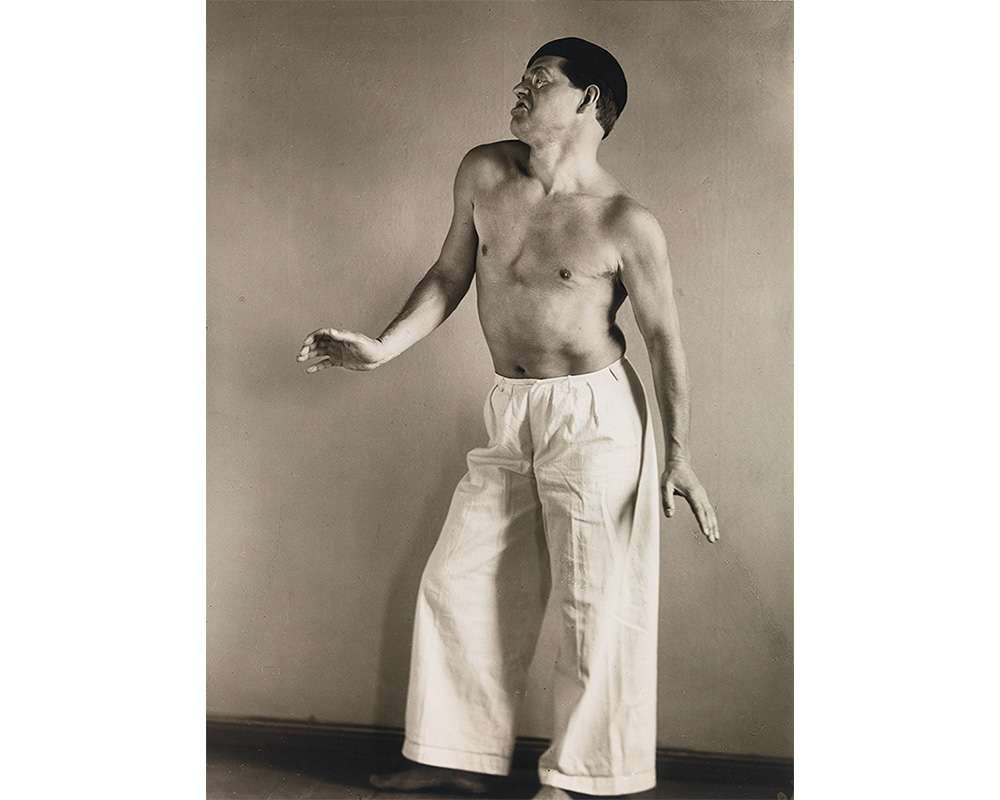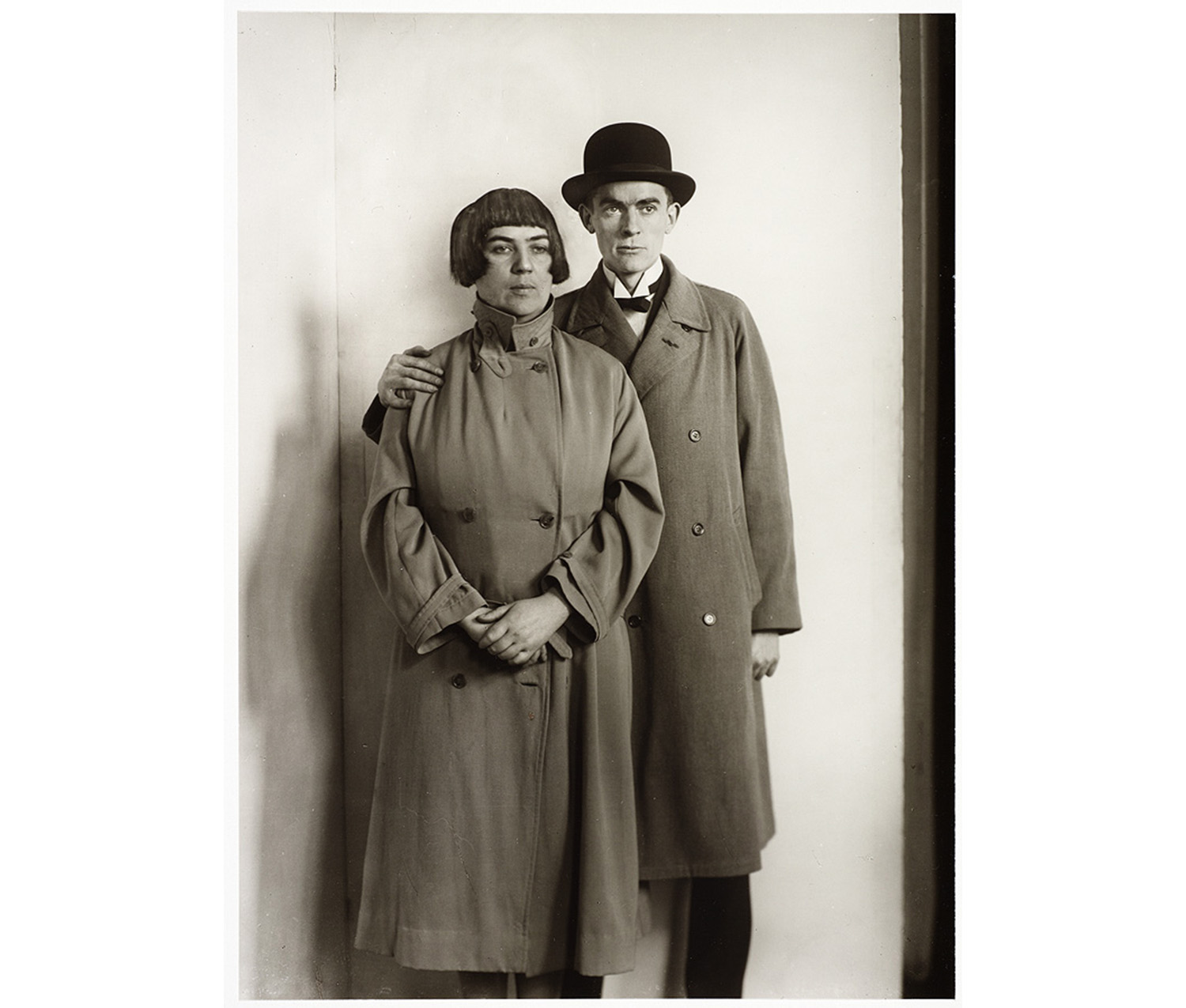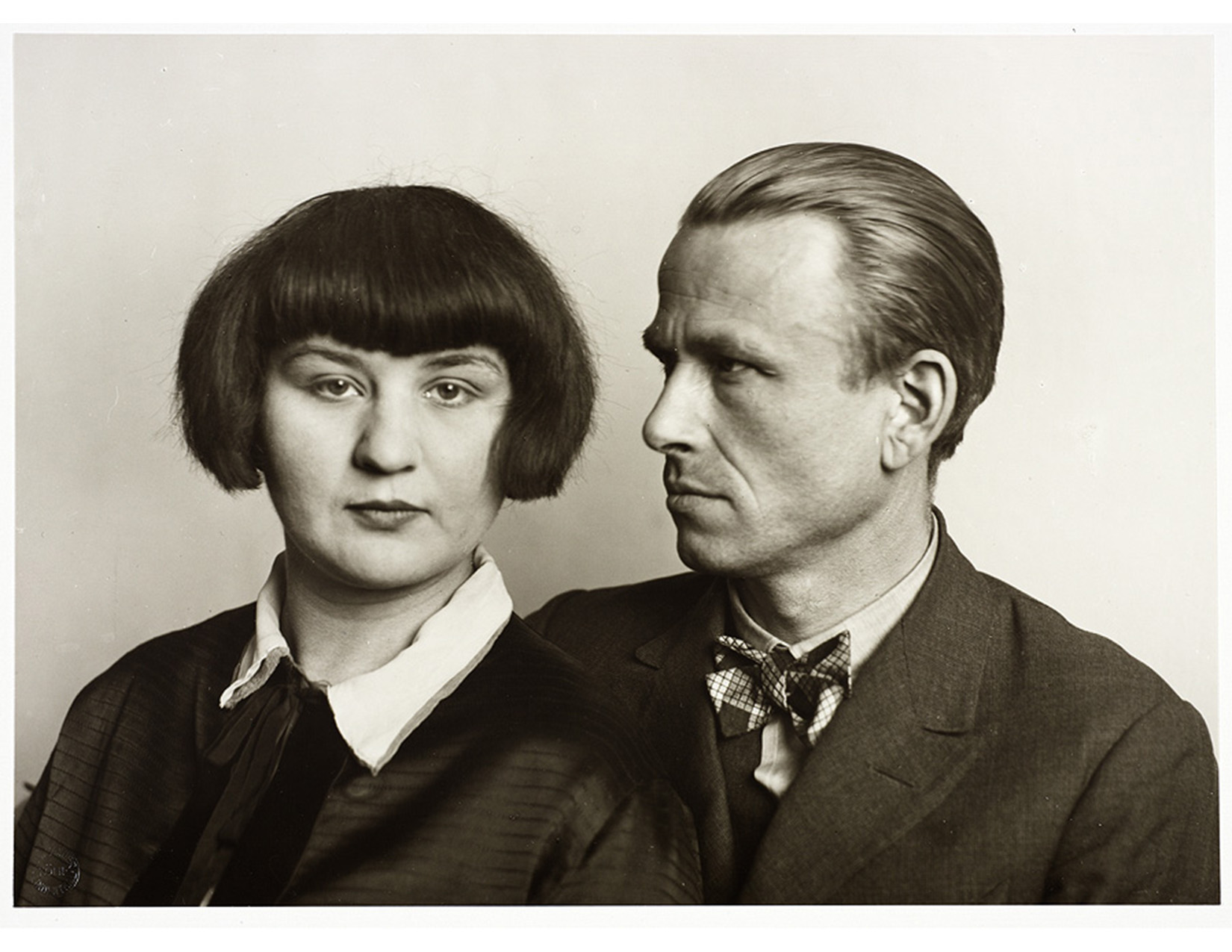
August Sander
Guest blogger Maggie Hoot '16 was a Smith College student, class of 2016, with a major in Art History and a Museums Concentration. She was a Student Assistant in the Cunningham Center for the Study of Prints, Drawings and Photographs.
Born in 1876, August Sander had wanted to be a photographer since he was a child. However, he worked as a miner and soldier before he was able to pursue his passion in 1899. He worked and traveled throughout Germany, Austria, and Sardinia, but spent most of his life and career near his native Cologne.
Known for photographing people from all social and economic circles during the interwar period, Sander worked with his sitters to create an original, iconic image of the person.

August Sander. German, 1876–1964. The Painters Anton Raderscheidt and Marta Hegemann, 1924 (printed 1974). Gelatin silver print. Gift of Mark Reichman. SC 2006.67.6.
Though many of his portraits were taken in his studio, he also bicycled across the countryside to find his subjects. Over the course of his career, Sander worked on People of the Twentieth Century, a documentary project photographing hundreds of people from around Cologne. He divided his work into seven groups, the Farmer; the Skilled Tradesman; the Woman; Classes and Professions; the Artists; the City; and the Last People (the elderly, deformed, homeless, or unemployed). During the 1920s, Sander spent a great deal of his time with the artists of German avant-garde. Otto Dix, in particular, became a good friend.

August Sander. German, 1876–1964. The Painter Otto Dix and Wife, 1926 (printed 1974). Gelatin silver print. Gift of Mark Reichman. SC 2006.67.8.
In the 1930s, after the Nazis banned his portraits and destroyed his work for not presenting the Aryan ideal, he shifted his photography from portraiture to nature and architectural studies. He was able to save many photo negatives for later reprinting, but of over 40,000 images taken by 1942, only 10,000 survived the war.
Though Sander was fairly well known within Germany, he only gained international attention after his death, when People of the Twentieth Century was published by his son. Sander is now considered a pioneer of documentary photography and his work has served as inspiration for other artists such as Walker Evans and Diane Arbus.